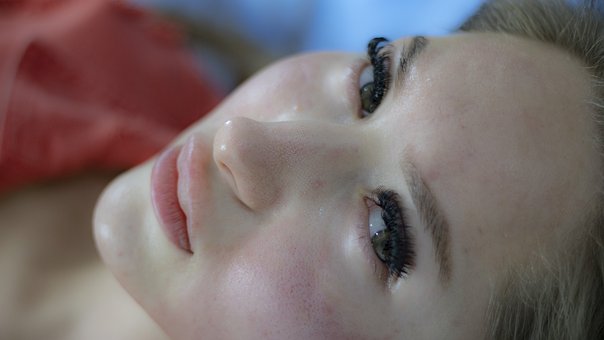10 Effective Acne Spot Treatments Backed by Dermatologists for Clearer Skin

10 Effective Acne Spot Treatments Backed by Dermatologists for Clearer Skin
Acne is a skin condition that affects millions of people worldwide. It is caused by the overproduction of sebum, which can clog pores and lead to the development of pimples, blackheads, and whiteheads. While acne can be frustrating and uncomfortable, the good news is that effective spot treatments can help you achieve clearer skin. This article will discuss 10 effective acne spot treatments backed by dermatologists.
Benzoyl Peroxide
Benzoyl peroxide is one of the most popular and effective acne spot treatments. It works by killing the bacteria that cause acne and by reducing inflammation. Dermatologists recommend using benzoyl peroxide in concentrations of 2.5%, 5%, or 10%. Please start with the lowest concentration and gradually increase it as your skin adjusts. Apply it to the affected area once or twice a day, but be careful not to overuse it, as it can cause dryness and irritation.
Salicylic Acid
Salicylic acid is another effective acne spot treatment. It works by exfoliating the skin and unclogging pores. Salicylic acid is available in concentrations of 0.5% to 2%. Apply it to the affected area once or twice a day. Salicylic acid can cause dryness and irritation, so using it sparingly at first and gradually increasing the frequency is important.
Tea Tree Oil
Tea tree oil is a natural ingredient that has antibacterial and anti-inflammatory properties. It can help reduce the size and redness of pimples. Dilute tea tree oil with a carrier oil, such as coconut or jojoba oil, before applying it to the affected area. Use it once or twice a day.
Sulfur
Sulfur is a natural ingredient used for centuries to treat acne. It works by drying out pimples and reducing inflammation. Sulfur is available in spot treatments in concentrations of 3% to 10%. Apply it to the affected area once or twice a day.
Retinoids
Retinoids are a type of vitamin A derivative that can help reduce the size and appearance of pimples. They work by exfoliating the skin and unclogging pores. Retinoids are available in prescription-strength and over-the-counter formulations. If you have sensitive skin, start with an over-the-counter retinoid and use it sparingly.
Azelaic Acid
Azelaic acid is a naturally occurring acid that has antibacterial and anti-inflammatory properties. It can help reduce the size and redness of pimples. Azelaic acid is available in prescription-strength and over-the-counter formulations. Apply it to the affected area once or twice a day.
Alpha Hydroxy Acids (AHAs)
Alpha hydroxy acids (AHAs) are a group of acids that can help exfoliate the skin and unclog pores. AHAs are available in various formulations, including glycolic acid, lactic acid, and mandelic acid. Start with a low concentration and use it sparingly initially, as AHAs can cause dryness and irritation.
Niacinamide
Niacinamide is a form of vitamin B3 that has anti-inflammatory and antibacterial properties. It can help reduce the size and redness of pimples. Niacinamide is available in various formulations, including creams, gels, and serums. Apply it to the affected area once or twice a day.
Zinc
Zinc is a mineral that has anti-inflammatory properties. It can help reduce the size and redness of pimples. Zinc is available in various formulations, including oral supplements and topical creams. Topical creams typically contain zinc oxide or zinc pyrithione. Apply it to the affected area once or twice a day.
Light Therapy
Light therapy is a non-invasive acne treatment that uses different types of light to kill the bacteria that cause acne and reduce inflammation. Blue light therapy is the most commonly used type for acne. It works by killing the bacteria that cause acne. Red light therapy can also be used to reduce inflammation and promote healing. Light therapy is available at dermatology offices or as at-home devices.
When choosing an acne spot treatment, it's important to consider your skin type and the severity of your acne. Start with a low concentration and use it sparingly initially, as some treatments can cause dryness and irritation. If you have sensitive skin or severe acne, it's a good idea to consult a dermatologist for personalized recommendations.
Conclusion
There are many effective acne spot treatments available that can help you achieve clearer skin. Benzoyl peroxide, salicylic acid, tea tree oil, sulfur, retinoids, azelaic acid, AHAs, niacinamide, zinc, and light therapy are all backed by dermatologists for their effectiveness in treating acne. Experiment with different treatments to find the one that works best for you, and be patient, as it can take several weeks or even months to see results. You can achieve clearer, healthier-looking skin with consistent use and proper care.
